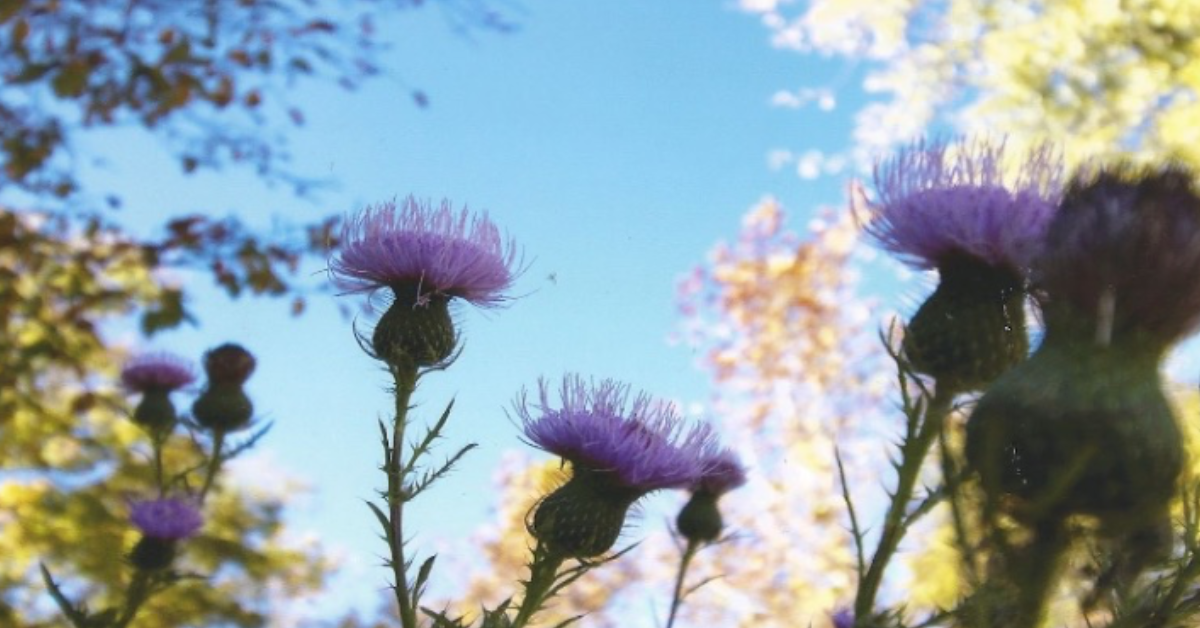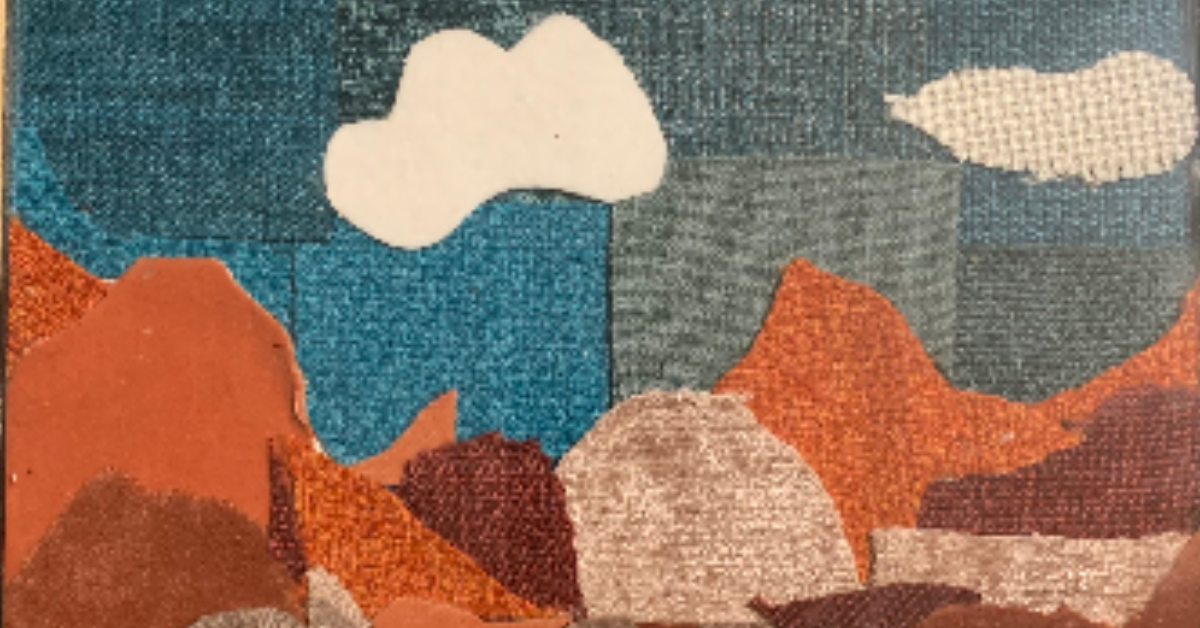Bare feet, under the bright sun on a winter afternoon / we burst into laughter tiptoeing the square rocks in the angan / amma’s anklet sirens the kids and they scramble / leaving behind dust, breadcrumbs, stones, and half-eaten mangoes.
I’ve always had fond memories of my time in my ancestral home in a small village in Himachal Pradesh, a northern Indian state in the Himalayas. I remember going there twice a year during summer and winter breaks. Having spent most of my life in the hustle-bustle of the city, my village seemed like a fairy tale land that we escaped to. When I stepped into adulthood, I wanted to explore more of Himachal. That’s when I decided to go on a solo trip to Bir, another village in Himachal.
I am a person who likes to indulge in facilities, convenience, and a fast-paced lifestyle. I owe this temperament to Delhi. It is said to never sleep and never run out of energy (or air pollution). Why should this hold any importance to you? Because I am certain that a lot of you will be able to place yourself in my shoes.
I spent a week living like a local in Bir in an old friend’s homestay called Sang-e-Meel. During this week, I was introduced to the waste management issue in the mountains. Referencing the years I spent in my own village, I realised that I had never had to directly involve myself in waste disposal at my house. This resulted in me not fully appreciating the extent of this problem. My days in Bir were eye-opening and provoked thoughts even after I returned to the city. And, naturally, like all people my age, I decided to go on the internet and read about this issue.
One of India’s leading newspapers said that India presently generates the most waste globally. This is also expected to increase substantially by 2050 unless urgent measures are taken. A report said that plastic waste is an important part of the waste generated in mountain areas. They found that segregation was not commonly practised. Many households disposed of their waste by dumping it into bodies of water, burning or throwing it away in the fields.

One morning, while scrolling through Instagram, I saw a story by the homestay stating that Bir finally had a waste collection and disposal system in place. This was being done by a couple of collaborators on the ground. Below will spotlight a few people who took the initiative to make their surroundings cleaner and waste-free.
Rohit Handa visited Bir a few times and, just like me, registered that there existed a waste problem in the village. But this problem did not become his problem until the time he decided to start living in Bir. On his first morning as a local resident, instead of the beautiful mountain sunrise that he expected, he was greeted with the view of neighbours burning their garbage right in front of his property.

Realising this as an evident issue, Rohit decided to reach out to like-minded people in the community. BHASHA (Bir Hotel Association for Sustainable & Holistic Augmentation). Together, they built a subscription-based program that collected waste from the doorsteps of members. This waste would then be segregated and recycled. It’s been four weeks since they started and the numbers are promising! According to their measurements, two and a half tonnes of dry waste was collected in the first 18 days.

Additionally, to tackle wet waste, Rohit set up a compost farm. At Prana Farm, they foresee turning at least 100 tonnes of wet waste into compost in the first year, aerobically; preventing 100 tonnes of CO2e from being released into the atmosphere. Furthermore, they plan on educating the local farmers about organic farming and its benefits.

Running parallel, somewhere else in the village, a couple of local women were picking up the baton of sustainability. Amma (that’s what the locals call her) makes beautiful mats and baskets out of plastic wrappers and sells them locally. Another woman, Poonam didi, makes plastic bricks by stuffing plastic bags into plastic bottles. Both of these women, and many others like them, are on the ground contributing to environmental sustainability.

These stories are bright examples of the ways that we all can individually and collectively work towards sustainability, responsible consumption, and being eco-friendly. Some lessons that we can learn from these changemakers is to reduce our plastic consumption and reuse as much of our non-degradable consumption as possible.
What’s one step that we can all take no matter where we are in the world? Be conscious of our waste generation.
Our individual conscious efforts towards better waste disposal will help us to live sustainably with our environment.








